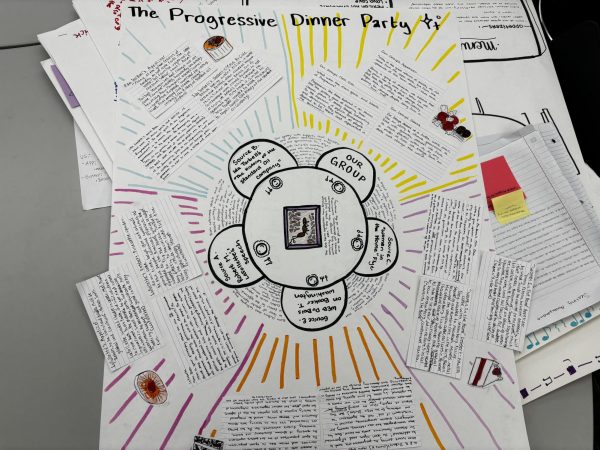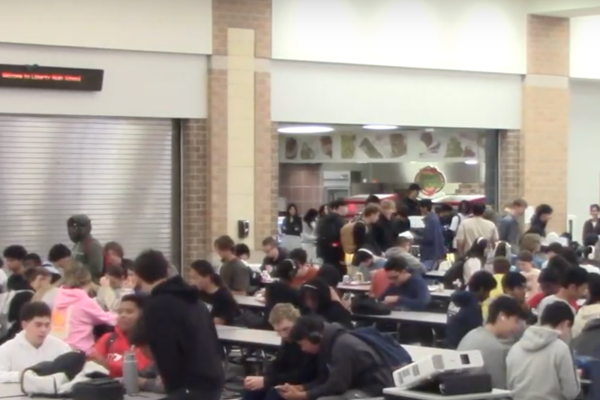Borders change, but education remains a constant around the world
Living in America, many people become accustomed to what they believe is a “normal” school day. However, countries around the world have many different approaches when it comes to education. In Egypt, private schools are often considered the best option, especially for sophomore Kanz Bitar who lived there for 8 years.
“One of the main differences was there were no summer schools, and there were no tutorials either,” Bitar said. “Basically, because I went to a private school they expect you to know all the stuff. Some similarities, I don’t think there were any similarities really. I went to a private school not a public school because there public schools weren’t like here. There you couldn’t get a good education. So, that is why I went to a private school.”
But even within the Middle East, going to school can lead to different experiences as well. For sophomore Mishal Sayyid, moving to Texas from Saudi Arabia in 2015 brought a much different educational experience.
“It was really different from what it is here, just the environment, the students, the teachers,” Sayyid said. “The teachers, I think the biggest difference with teachers was that here you can be a lot more friendly to teachers, you can build relationships with them. It’s not that you couldn’t talk to your teachers in Saudi, it was just you wouldn’t be so much as friends with them, you maintain a really formal relationship with your teachers.”
Sophomore Pramati Madagula also studied in India, and while she thinks Indian curriculum is similar to here, she sees a difference in the teachers.
“The teachers, the way they teach is very different in India,” Madagula said. “In India, like memorization, like rote memorization is very emphasized. But over here, they stress the conceptual understanding of topics. I think I prefer it here, I would actually like to understand the things I’m learning, rather than just memorizing information. It was very strict, compared to here, all the teachers, the rules there, the uniform rules, just every aspect of it was very strict, and controlled compared to here, where there is more choice for students.”
Another student on campus who studied in several countries, is sophomore Rigre Garciandia who lived in Cuba until 2nd grade and then lived in Canada until 7th grade.
“I do not remember much from my years in Cuba, but it was very rustic. And the teachers got mad at you way more often than here,” Garciandia said. “That’s what I remember the most vividly. The teachers were more severe. In Canada we had way more freedom than we do here, I’ll say that. We had hour long lunches and we used to be able to go all around the city and it was pretty fun. And also the school curriculum, I think it was harder in Canada than here, at least where I was. And surprisingly we never took multiple choice tests and it was all free response.”
Junior Jessica Komarovsky also lived in Canada and she appreciates the sense of community there as classes would stay together.
“Like we didn’t get any electives, it was more of elementary school really, than middle school and here like you have electives, like you move and you have different classes but like we only had one class, and we just move to different teachers with that one class in Canada,” Komarovsky said. “I think different things, I like how we have electives over in here, but in Canada we got really close with our class, so that was like nice to, made a lot of friends.”
Traditions and cultures around the world can be incredibly diverse, and so can school life for children. So what is considered normal here, might be completely different somewhere else in the world.
Reporting for WTV, I’m Minuki Medis.

Minuki Medis is a senior, who has passionately been participating in Wingspan since her freshman year. She’s typically positive and friendly, and you...







